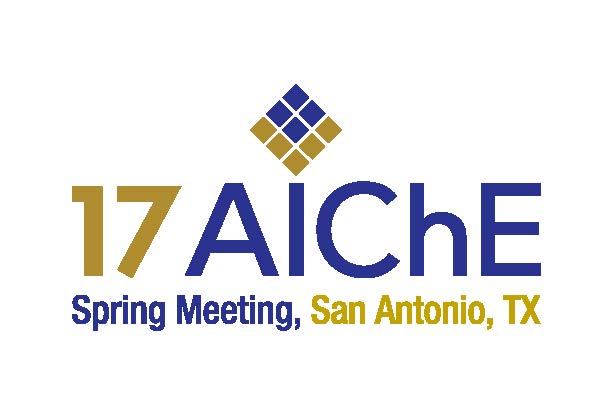

Produced Water Tank Explosion Case Study
J. Kelly Thomas, Ph.D.
Baker Engineering and Risk Consultants
3330 Oakwell Court, Suite 100
San Antonio, TX 78218-3024
(210) 824-5960
Produced water tanks are not typically viewed as posing a significant explosion risk. This is generally a reasonable view on a relative basis if there are other explosion hazards present in the vicinity that could cause more severe consequences and/or for which the explosion frequency is higher (i.e., which pose a relatively high risk). The consequences of a produced water tank explosion are normally limited to the immediate vicinity of the tank, although hazardous debris (e.g., tank roof, tank shell, attached equipment, etc.) can be thrown a significant distance. Produced water tank explosions are also relatively low frequency events. Nevertheless, produced water tanks can and do explode. Depending on the operational parameters associated with the separator feeding the tank and the volume and frequency of produced water transfers, the produced water tank vapor space fuel concentration can exceed the lower flammability limit (LFL) and may normally be above the upper flammability limit (UFL). This is the case even with the separator functioning as-designed and with no significant condensate carryover.
The work described in this paper was the result of the investigation of a produced water tank explosion. The purpose of this paper is to provide the owners and operators of such tanks with the information required to recognize and evaluate this hazard. The development of the flammable mixture in a tank vapor space is evaluated parametrically to illustrate the impact of operational parameters (e.g., separator pressure, water salinity, water temperature, water transfer rate, product withdrawal rate, air in-leakage rate). A range of potential explosion prevention and mitigation options are identified that could be utilized for conditions under which a flammable atmosphere may develop.
Preview Presentation
Presenter(s)
Language
Pricing
Individuals
| AIChE Member Credits | 0.5 |
| AIChE Pro Members | $19.00 |
| Employees of CCPS Member Companies | Free |
| AIChE Graduate Student Members | Free |
| AIChE Undergraduate Student Members | Free |
| AIChE Explorer Members | $29.00 |
| Non-Members | $29.00 |
